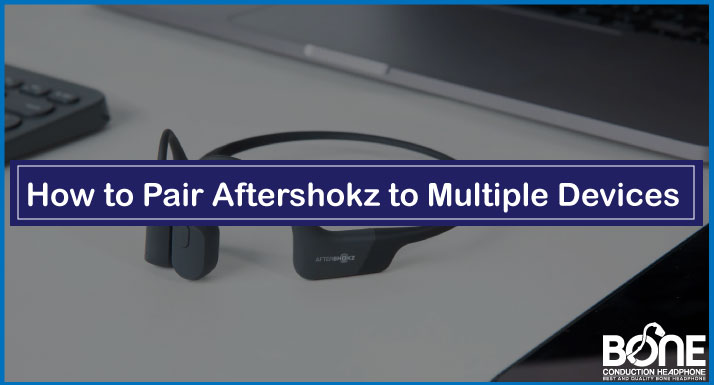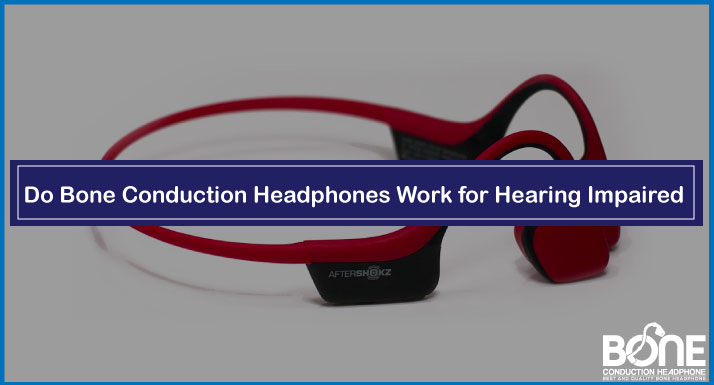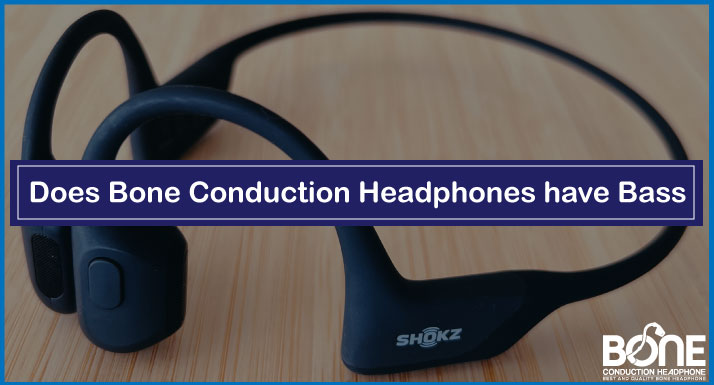Bone-conduction headphones are revolutionizing the way we experience audio. Unlike traditional headphones that rely on speakers placed inside or over the ears, bone conduction technology takes a novel approach.
By transmitting vibrations directly through the bones of the skull, these headphones offer a unique auditory experience. But what exactly do bone conduction headphones sound like?
In this article, we delve into the fascinating world of bone conduction audio, exploring the quality, perception, and distinctive characteristics that make this technology a game-changer in the realm of personal audio devices.
What do Bone Conduction Headphones Sound Like?
Bone conduction headphones produce a sound that is perceived differently. Instead of using speakers like in traditional headphones, bone conduction headphones work by transmitting vibrations directly to the bones of the skull. These vibrations are conducted through the bones and reach the cochlea, bypassing the outer and middle ear.
As a result, the sound appears to originate from inside the head, creating a unique listening experience. The quality and perception of sound can vary depending on the individual’s bone structure, but generally, bone conduction headphones provide a more open and ambient sound, allowing users to maintain awareness of their surroundings.
How Good is the Sound on Bone Conduction Headphones?
The quality of sound can vary based on the specific model and personal preferences. While these headphones excel in providing situational awareness by allowing users to hear their surroundings, they may not match the audio quality of high-end traditional headphones.
Furthermore, it’s important to note that bone-conduction headphones do not provide sound isolation or insulation for your eardrums, therefore, the absence of a good seal can result in auditory masking, which can impact audio clarity.
Moreover, when your eardrum is not utilized, the accuracy of sound transmission is compromised, leading to severely degraded audio quality. If you prioritize audio quality, it is advisable to steer clear of bone-conduction headphones.
Can You Still Hear with Bone Conduction Headphones?
One of the great advantages is you can still hear with bone-conduction headphones. Unlike traditional headphones that cover or block the ears, bone conduction headphones leave the ear canals open, allowing for ambient sounds to be heard.
This is particularly important for situational awareness, making them a suitable choice for cyclists and runners who need to be aware of their surroundings while enjoying music or audio cues.
What are the Disadvantages of Bone Conduction Headphones?
Bone conduction headphones have several disadvantages to consider.
Sound Quality
The audio quality may not match that of high-end traditional headphones due to the open-ear design and lack of sound isolation, resulting in reduced clarity and compromised bass response.
Audiophiles who prioritize optimal sound reproduction and isolation may find bone-conduction headphones lacking.
Ambient Noise
These headphones do not block out ambient noise, which can be problematic in noisy environments or when seeking immersive audio experiences.
Comfort
Achieving a comfortable and secure fit can be challenging, as they rely on placement over the cheekbones. For instance, the Aftershokz Trekz Titanium, which is highly favored by many, sits on your cheekbones and relies on a small area of your ears to distribute its weight. Ensuring a secure fit can be challenging even during walking, and it becomes even more precarious during high-intensity activities such as running.
Cost
Bone conduction headphones can be relatively more expensive, especially models with advanced features. However, the compromised audio quality and discomfort may not justify their higher cost.
Can Deaf People Hear Music with Bone-Conducting Headphones?
Bone conduction headphones have advantages over conventional earbuds and headphones, as they don’t interfere with hearing aids and can provide stereo sound for individuals deaf in one ear.
These headphones work by bypassing the eardrum and using bone conduction vibrations, making them beneficial for people with certain types of hearing deficiencies.
While congenitally deaf individuals with sensorineural loss may not benefit from bone conduction aids, those with conductive losses, caused by issues before the inner ear, such as otosclerosis, may find some help.
Consulting an audiologist is necessary to determine the suitability of bone conduction aids in specific cases. A historical example of overcoming deafness is Ludwig Van Beethoven, who bit a metal rod attached to his piano to hear his compositions.
Conclusion
While bone conduction headphones provide situational awareness and are suitable for individuals with hearing deficiencies, the audio quality may not match high-end headphones. Moreover, comfort and ambient noise are some other drawbacks to consider. It is suggested to consult an audiologist before use for those with hearing impairments.




![Why Use Bone Conduction Headphones [Explained]](https://www.boneheadphonesera.com/wp-content/uploads/2022/04/Why-Use-Bone-Conduction-Headphones.jpg)

